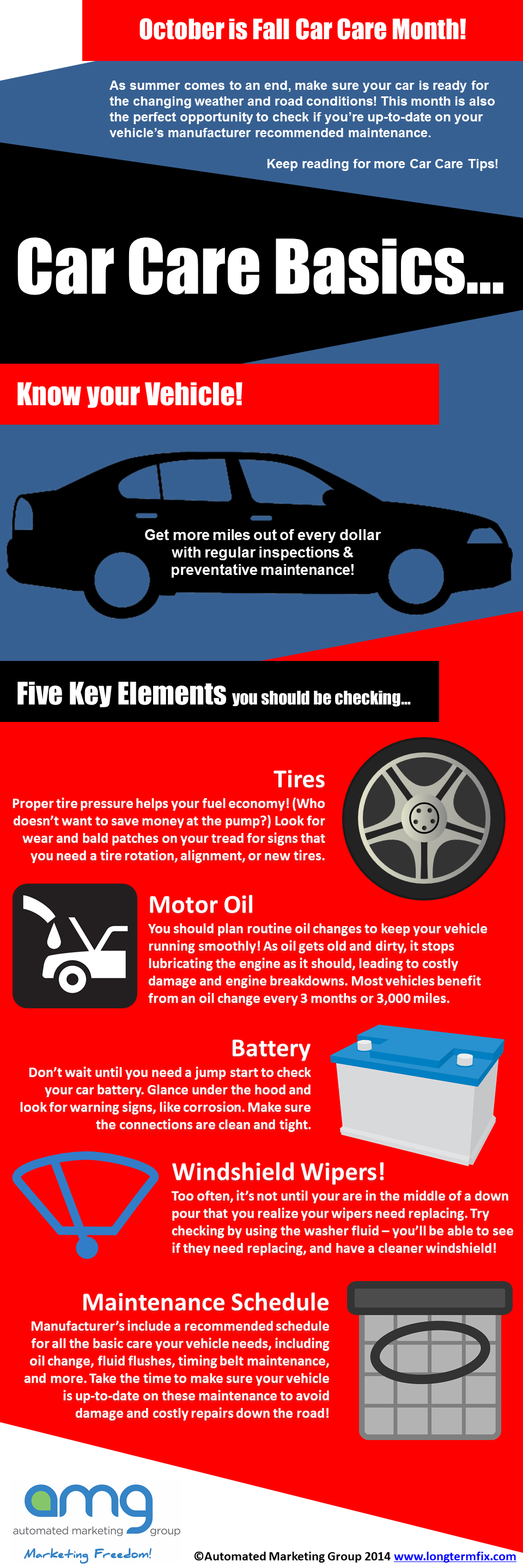Interested In Comprehending The Warning Lights On Your Automobile'S Dashboard? Discover Their Importance For Your Lorry'S Safety And Security And Overall Condition
Interested In Comprehending The Warning Lights On Your Automobile'S Dashboard? Discover Their Importance For Your Lorry'S Safety And Security And Overall Condition
Blog Article
Short Article By-Lauritsen Corbett
When you're behind the wheel, those glowing caution lights on your dashboard can be a bit puzzling. Do you understand what they're trying to inform you regarding your auto's health? Understanding cardetailingnearme of these lights is vital for your safety and security and the longevity of your vehicle. So, the next time among those lights turns up, wouldn't you wish to understand its message properly and take the required steps to address it?
Common Warning Lighting and Interpretations
Recognize usual warning lights in your auto and recognize their significances to make sure safe driving.
https://electricbrakes30617.blogpixi.com/32396942/just-how-to-choose-the-right-vehicle-outlining-service-for-your-demands include the check engine light, which signals issues with the engine or exhausts system. If this light begins, it's important to have your car checked quickly.
The oil pressure warning light suggests reduced oil stress, calling for prompt attention to prevent engine damages.
A flashing battery light could recommend a damaged billing system, possibly leaving you stranded otherwise resolved.
The tire pressure monitoring system (TPMS) light informs you to reduced tire stress, affecting car security and gas efficiency. Overlooking this could lead to harmful driving conditions.
The ABS light shows a trouble with the anti-lock braking system, jeopardizing your capability to quit promptly in emergency situations.
Last but not least, the coolant temperature alerting light warns of engine getting too hot, which can result in serious damage otherwise dealt with quickly.
Recognizing these typical caution lights will help you resolve problems promptly and preserve risk-free driving conditions.
Significance of Prompt Attention
Comprehending the common warning lights in your auto is just the initial step; the relevance of immediately addressing these warnings can't be stressed sufficient to guarantee your security when driving.
When https://www.nasdaq.com/articles/zacks-industry-outlook-highlights-oreilly-automotive-autozone-carmax-and-advance-auto brightens on your control panel, it's your automobile's method of connecting a possible issue that needs focus. Neglecting these warnings can cause a lot more extreme troubles in the future, jeopardizing your safety and possibly costing you much more in repairs.
Trigger focus to warning lights can protect against failures and crashes. For example, a blinking check engine light could indicate a misfire that, if left unattended, might trigger damages to the catalytic converter. Addressing this immediately can save you from an expensive fixing.
In a similar way, a brake system advising light could signal low brake fluid or worn brake pads, crucial components for your security when driving.
Do It Yourself Troubleshooting Tips
If you notice a warning light on your dashboard, there are a few do it yourself troubleshooting pointers you can attempt prior to looking for expert help.
The very first step is to consult your automobile's guidebook to recognize what the certain caution light indicates. In some cases the problem can be as straightforward as a loose gas cap triggering the check engine light. Tightening the gas cap may fix the issue.
Another common problem is a reduced battery, which can trigger various alerting lights. Checking the battery connections for corrosion and ensuring they're safe and secure could repair the trouble.
If a caution light continues, you can attempt resetting it by detaching the cars and truck's battery for a few mins and after that reconnecting it. Furthermore, inspecting your automobile's fluid degrees, such as oil, coolant, and brake fluid, can assist troubleshoot warning lights associated with these systems.
Conclusion
To conclude, recognizing your auto's warning lights is essential for maintaining your automobile running efficiently and securely. By promptly dealing with these alerts and understanding what they indicate, you can prevent expensive fixings and potential malfunctions.
Keep in mind to consult your vehicle's handbook for certain information on each alerting light and do something about it appropriately to guarantee a hassle-free driving experience.
Stay informed, remain secure on the road!
